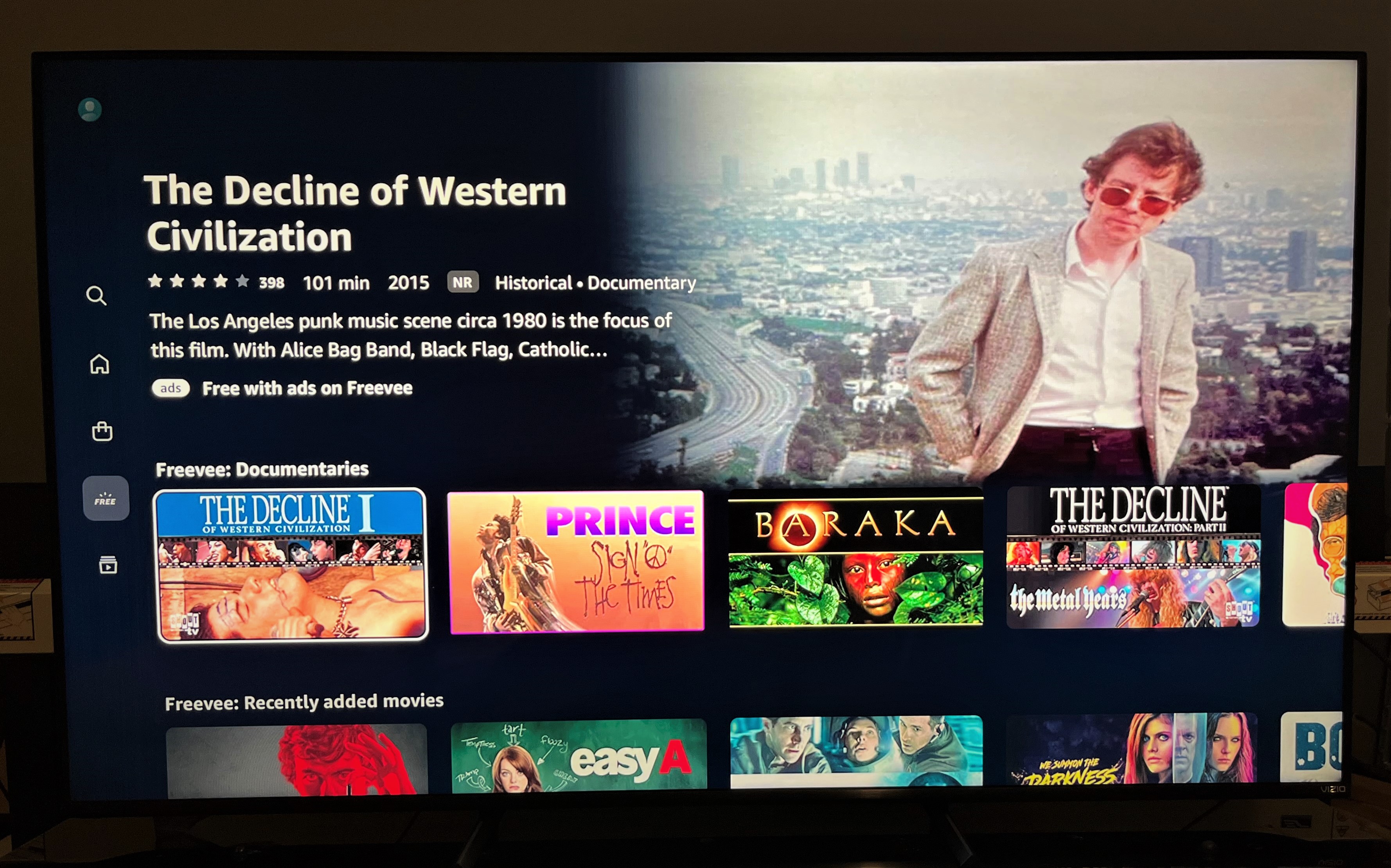Sorry, Netflix, we don't want your ad-filled service
Why would we pay for ads?

With the current cost of living crisis, a new, lower-priced, and ad-supported Netflix tier should be good news, celebrated even, and welcomed with open arms by a cash-strapped population hopelessly hooked on streaming. But instead of singing Netflix's praises, people seem, how should I put this, a little turned off.
To catch you up, today Netflix set an official date (Nov. 3) for the launch of its long-anticipated ad-supported tier. We got the prices, $6.99 a month in the US and £4.99 a month in the UK, and we got the details on how many ads customers will have to sit through per stream: up to 4-to-5 minutes per hour and the ads can run before, during, and after the shows.
There might be some shows that won't appear on the tier (though details there are scant), you can't download anything to view it later, and the resolution tops out at 720p.
None of this is surprising, though I am disappointed in the resolution limit. I could understand topping out at 1080p. Not everyone has a 4K streaming box, but we all have 1080p TVs. Guess they expect Netflix ad-tier customers to primarily stream on mobile and tablets. Maybe they're right, but this would've been an easy give for Netflix.
I'm also a little curious about the content that won't appear on this tier. Netflix says it's due to licensing issues. Does that mean that the agreement Netflix has with some studios is that ads cannot run around and in their content? If that's so, the list of shows and movies that don't appear in this ad-supported tier might be bigger than anyone expects.
At $3 less than the current basic tier, it still sounds like a good deal, even if you do have to sit through a few ads. But the sentiment on the service is, at least anecdotally, negative. I heard some murmurs on social media and in various reports, so I ran a poll.
Will you switch to Netflix's cheaper ad-supported service?October 14, 2022
As you can tell, even with what could be a savings of almost $40 a year, Netflix customers aren't jumping at the chance to try Netflix's newest tier. Granted, what people say here and what they do in real life may be two very different things, but I wonder if some people feel as if this is a bit of a raw streaming deal.
While we all pay for cable, most of us are not paying for individual channels. (I do not consider HBO a channel, it's a premium subscription service. A channel might be more like HGTV or the Hallmark Channel). At the same time, we understand that to get a streaming service, you must subscribe, and when you pay, you usually do not have to sit through ads.
Netflix is not alone in asking consumers to trade savings for ad consumption. Hulu does it. Disney+ will do it soon and, in a more craven move, raise the prices on the ad-free service when it launches the ad-supported one. They may well be met with similar distaste.
Breaking the unspoken contract that promised ad-free viewing for a price may be a tier too far for many, especially as a relatively new crop of streaming services pop up that asks for no more than your email address to provide you with ad-supported premium content.

Two platforms come to mind, Tubi and Amazon's Freevee. Both offer an interesting mix of studio films, old TV shows, and even some original content. Freevee, for instance, has High School, which chronicles the formative years of Canadian indie pop duo Tegan and Sara. Tubi's original content might be a bit more low-rent, a mix of documentaries like Fresh Meat: Jeffrey Dahmer, and the horror flick Alone in the Dark. And for the legions of Roku consumers, there's The Roku Channel, which has all of the Quibi originals, Martha Stewart, and HGTV knockoffs like Idea House: Mountain Modern.
Of all of them, Amazon's Freevee may be the best-regarded. It seems to have the richest library, best quality, and fewest ads. More notably, it does not require an Amazon Prime membership (Amazon prime video does).
The point is, there are free streaming options that honor the old, unspoken, agreement: we won't charge you if you sit through some ads.
What Netflix should be doing is offering a free tier. If they did so, they could fairly limit the content and throw in as many ads as they please. People would sign up because everyone loves free. And I bet many of those people would, when the economy recovers, upgrade to the pay version so they could have the benefit of 4K, downloadable content, and glorious episodes of Stranger Things uninterrupted by dog food ads.
This is the natural order of things and if Netflix honored it, there would be a lot more people on my poll saying, "sign me up!"
If you're a long-time Netflix subscriber and wonder what to watch next on your premium subscription, start with our list of the best shows on Netflix.
Get daily insight, inspiration and deals in your inbox
Sign up for breaking news, reviews, opinion, top tech deals, and more.

A 38-year industry veteran and award-winning journalist, Lance has covered technology since PCs were the size of suitcases and “on line” meant “waiting.” He’s a former Lifewire Editor-in-Chief, Mashable Editor-in-Chief, and, before that, Editor in Chief of PCMag.com and Senior Vice President of Content for Ziff Davis, Inc. He also wrote a popular, weekly tech column for Medium called The Upgrade.
Lance Ulanoff makes frequent appearances on national, international, and local news programs including Live with Kelly and Mark, the Today Show, Good Morning America, CNBC, CNN, and the BBC.